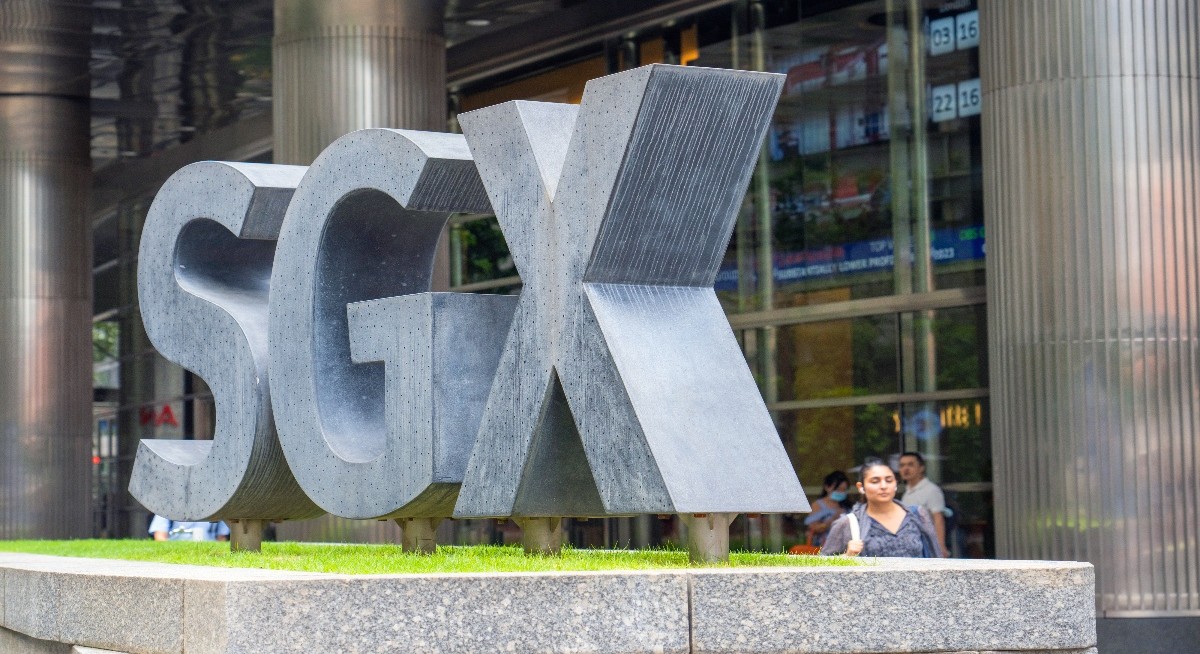SGX, backed by Singapore’s political stability, offers access to a resilient economy, pro-business policies, world-class IT infrastructure and connectivity for travel and trade. Jaiswal believes this makes the exchange a “solid platform” for global and regional companies to list and remain listed.
Foreign companies account for about 24% of SGX’s listed securities and contribute about 15% of the exchange’s overall liquidity.
Stefanie Yuen Thio, joint managing partner at TSMP Law Corporation, sees “a lot of value” in being listed as it raises a company’s profile among business associates and is an important factor in securing bank financing.
“So, even for small companies, it makes sense to consider a listing, especially if bank financing is an important component of their business model,” she tells The Edge Singapore.
Having sufficient capital is crucial to any company’s growth strategy as it allows businesses to expand their operations, invest in new opportunities and strengthen their market share.
RHB’s Jaiswal says being listed gives companies access to an expanding pool of global and regional capital, along with new funding opportunities from sources like private wealth and family offices.
Gerald Wong, founder and CEO of Beansprout, agrees, adding that companies may also opt to raise capital through rights issues or preferential offerings. “This is particularly advantageous for many REITs, which have successfully engaged equity investors to secure funding for acquisitions, especially in light of recent interest rate cuts by the US Federal Reserve,” he says.
See also: SGX Group’s bellwether STI gain 2.2% m-o-m in Nov; y-t-d calendar gains at 19%
Carmen Lee, head of OCBC Investment Research, adds that capital markets offer an “easy” and an “efficient and cheaper” way to raise funds at times. “This is especially useful for companies that require capital on a regular basis to fund organic (for example, acquire more costly assets) and inorganic growth (for example, mergers and acquisitions),” she says.
Meanwhile CGS International’s research analyst William Tng views being listed as creating publicity, brand awareness and prestige for a company.
“[Having] a listed status with independent directors, audit requirements and the need to comply with stock exchange regulations helps potential customers [and, or] business partners build confidence in the company,” says Tng.
Additionally, being listed releases personal guarantees for bank-related debt facilities, provides companies with options to raise capital in addition to debt and allows them to broaden their shareholder base. Companies may also issue shares for acquisitions or offer stock options to attract and reward employees, says Tng.
Still, going public is a “time-consuming process” that requires “significant levels of disclosure”, according to Tng. “Hence, companies may not want to delist lightly and go through the same process in the future if they wish to be listed again,” he adds.
“When we decided to list in Singapore, the IPO was part of our strategy to tap into Singapore’s capital markets and broaden our funding options to support our expansion plans,” says Wong Sai Hou, CEO of MeGroup.
“Being part of a well-regulated exchange like the SGX enhances our corporate governance and visibility in the marketplace locally and internationally. SGX’s strong reputation is also an important aspect for us to foster trust with our shareholders, partners and stakeholders,” he adds. “Corporate exercises are always under consideration for us, as long as they provide maximum benefits to shareholders and stakeholders.”
Read the full cover story:




